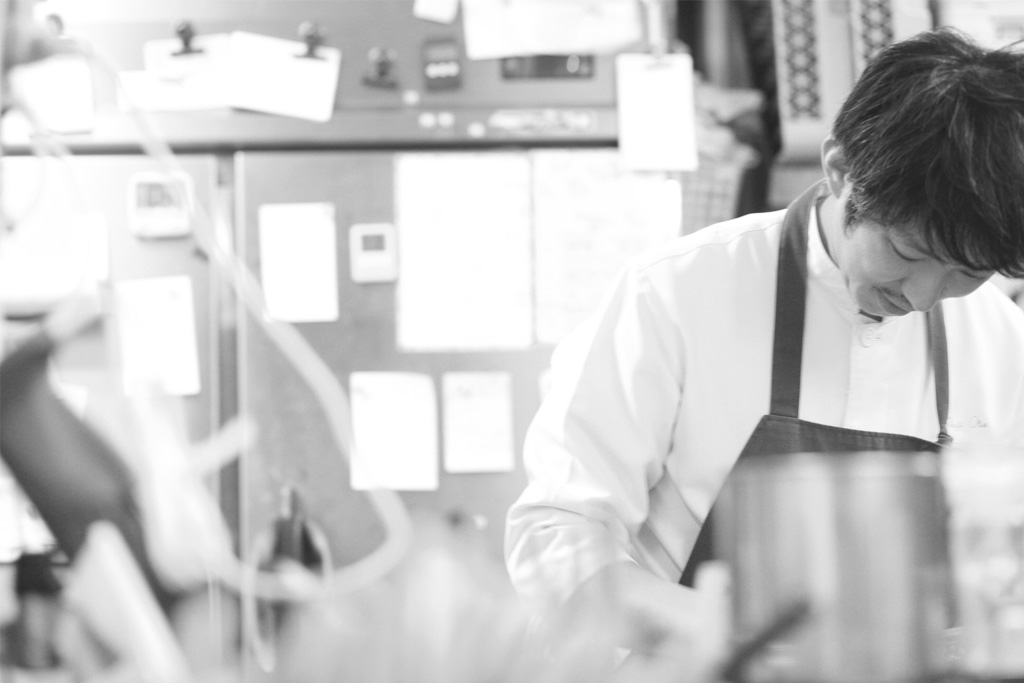
In 1967, a talented 25-year-old chef in a famous top-notch French restaurant in Tokyo decided to move to Sakata to take up a position in a newly opened French restaurant. He faithfully reproduced the taste of Tokyo’s top-notch French restaurant in Sakata, using the same ingredients as those used in the restaurant in Tokyo. For next five years, the restaurant had been okay, but far from ideal.
In 1972, a French chef came to Osaka. He was invited to hold a workshop on nouvelle cuisine for Japanese chefs. The young chef in Sakata attended the workshop to seek inspiration for a breakthrough. The French chef emphasized the use of fresh local ingredients. It was a precursor of food localism of today. The young chef flew back to Sakata and rewrote the entire menu. The new menu, which was completely based on local ingredients, was no longer a copy of French restaurants in Tokyo. The food first made people in Sakata feel enthusiastic; and then many beyond the region. The restaurant was called le Pot au Feu. Many chefs who were apprenticed in this restaurant opened French nouvelle cuisine restaurants in Sakata and the neighborhood. They have formed a small community of local French chefs. Their style is called Sakata French cuisine—or just Sakata French for short.
The French chef, who came to Osaka and inspired many, was Paul Bocuse, the legendary French chef credited with transforming French cuisine. The young chef in Sakata, who was inspired by the legend, was Masahiro Ota, who is now a food ambassador of Shonai—a culinary capital in Japan, of which Sakata is a part. The tradition of Sakata French has been handed down to the following generation—young chefs who follow in his footsteps. One of them is his son Shuji Ota, the owner-chef of Restaurant Nico.